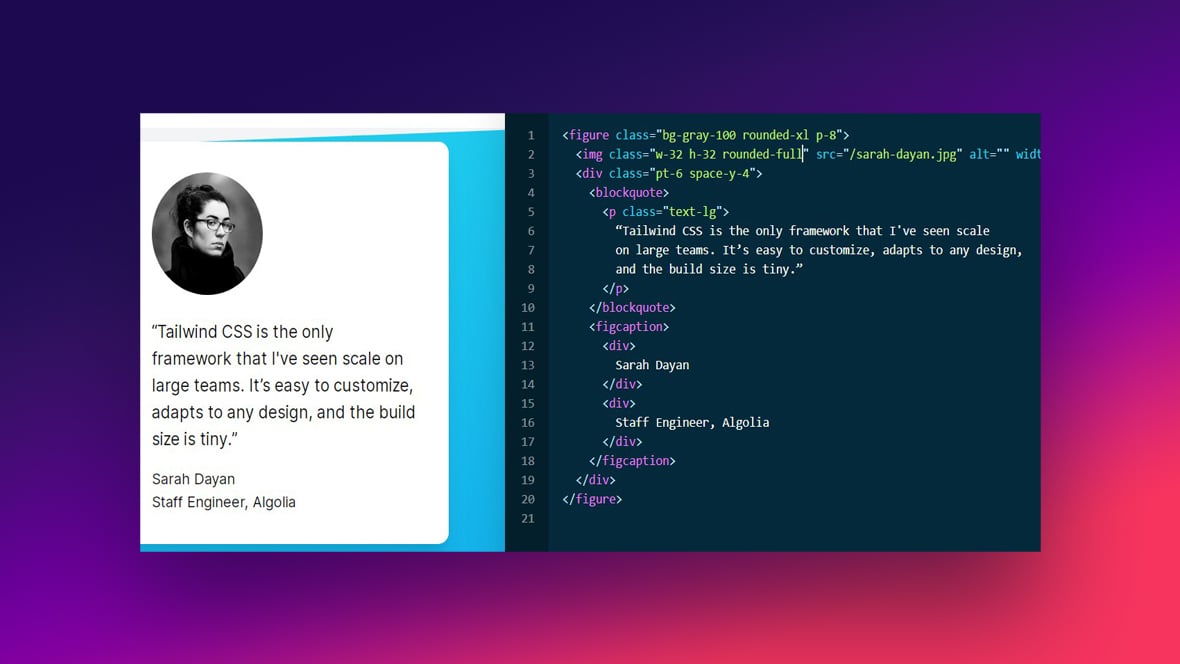Aoteng Insights
Your go-to source for the latest trends and insights.
Frameworks that Make You Look Like a CSS Wizard
Unlock your inner CSS wizard! Discover top frameworks that elevate your design skills and impress with stunning web pages.
Top 5 CSS Frameworks to Transform Your Web Design Skills
In today's fast-paced digital landscape, mastering CSS frameworks can significantly enhance your web design skills. Frameworks offer a robust foundation for building responsive and aesthetically pleasing websites without starting from scratch. Among the myriad options available, the following five stand out due to their unique features and user communities:
- Bootstrap: Known for its grid system and pre-designed components, Bootstrap is the most popular CSS framework that allows developers to create mobile-first projects quickly.
- Tailwind CSS: This utility-first framework gives developers the flexibility to build custom designs using a modular approach, making it perfect for those who want fine control over their styling.
- Foundation: A responsive front-end framework that provides a robust grid system and extensive components, Foundation is a great choice for building complex layouts.
- Bulma: With a modern design and an easy-to-use syntax, Bulma is a pure CSS framework that makes it simple to create responsive, mobile-first interfaces.
- Semantic UI: This framework combines a clean semantic structure with a wide variety of customizable components, enabling developers to create beautiful and responsive layouts with minimal effort.
Choosing the right CSS framework depends on your specific web design needs and project requirements. Each framework has its unique strengths; for instance, Bootstrap excels in rapid prototyping, while Tailwind CSS is great for those who prefer a utility-first approach. By exploring the options and understanding the advantages of each, you can elevate your skills and create stunning websites that not only look good but also perform well. For more tips and resources on CSS frameworks, check out this guide from Smashing Magazine.

How to Choose the Right CSS Framework for Your Project
Choosing the right CSS framework for your project can significantly impact both development speed and the final outcome of your web application. When evaluating options, consider factors such as the framework's community support, documentation quality, and compatibility with your existing tech stack. Popular frameworks like Bootstrap and Tailwind CSS have extensive communities, making it easier to find resources and troubleshoot issues. Additionally, examine the learning curve associated with each framework to ensure that your team can adapt quickly and efficiently.
Another critical aspect is the design flexibility that each framework offers. Some frameworks, like Bulma, are designed to be modular and allow for more customization, while others may be opinionated with predefined styles. Assess your project's requirements and the aesthetic you wish to achieve. Performance should also be a key consideration; a bloated framework can slow down your site, negatively affecting user experience. Utilize tools such as Google's Lighthouse to analyze loading speeds and optimize your chosen framework accordingly.
Common Mistakes to Avoid When Using CSS Frameworks
Using CSS frameworks can greatly enhance your web development process, but there are some common mistakes that can hinder your progress. One prevalent mistake is overriding default styles without a clear understanding of the framework’s structure. This often leads to inconsistencies and unexpected results in your designs. Before making changes, it's crucial to familiarize yourself with the framework’s documentation, such as the Bootstrap documentation or Tailwind CSS guide, which provide insight into the best practices and components available.
Another common pitfall is failing to utilize the responsive features that many CSS frameworks offer. Developers sometimes create fixed-width layouts instead of leveraging the built-in grid systems that allow designs to adapt to different screen sizes. To make your website truly responsive, it’s important to explore the framework's responsive utilities. Referencing resources like Foundation’s grid system can help you implement a layout that works seamlessly across devices. By avoiding these pitfalls, you can make the most out of your chosen CSS framework and ensure your site is both attractive and functional.